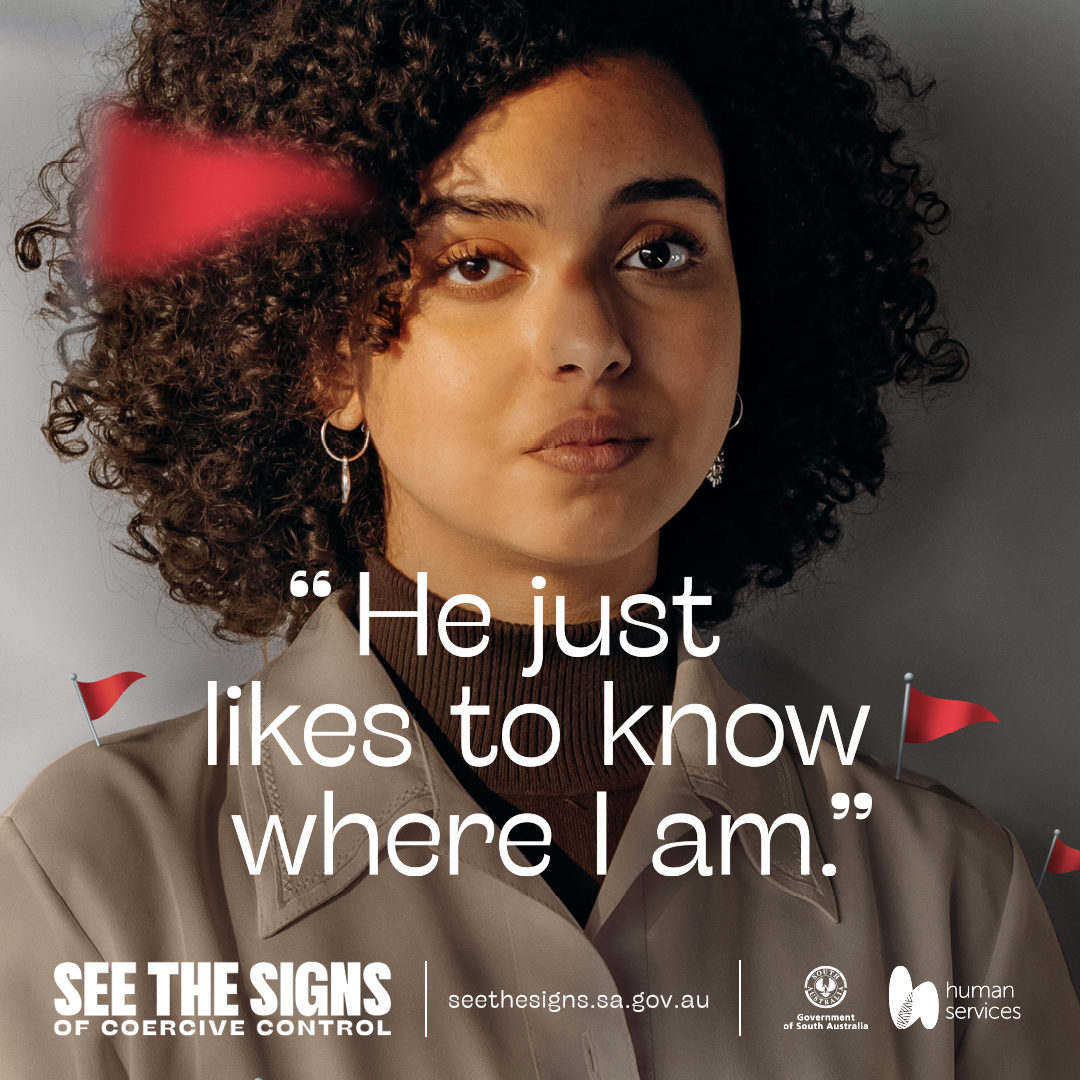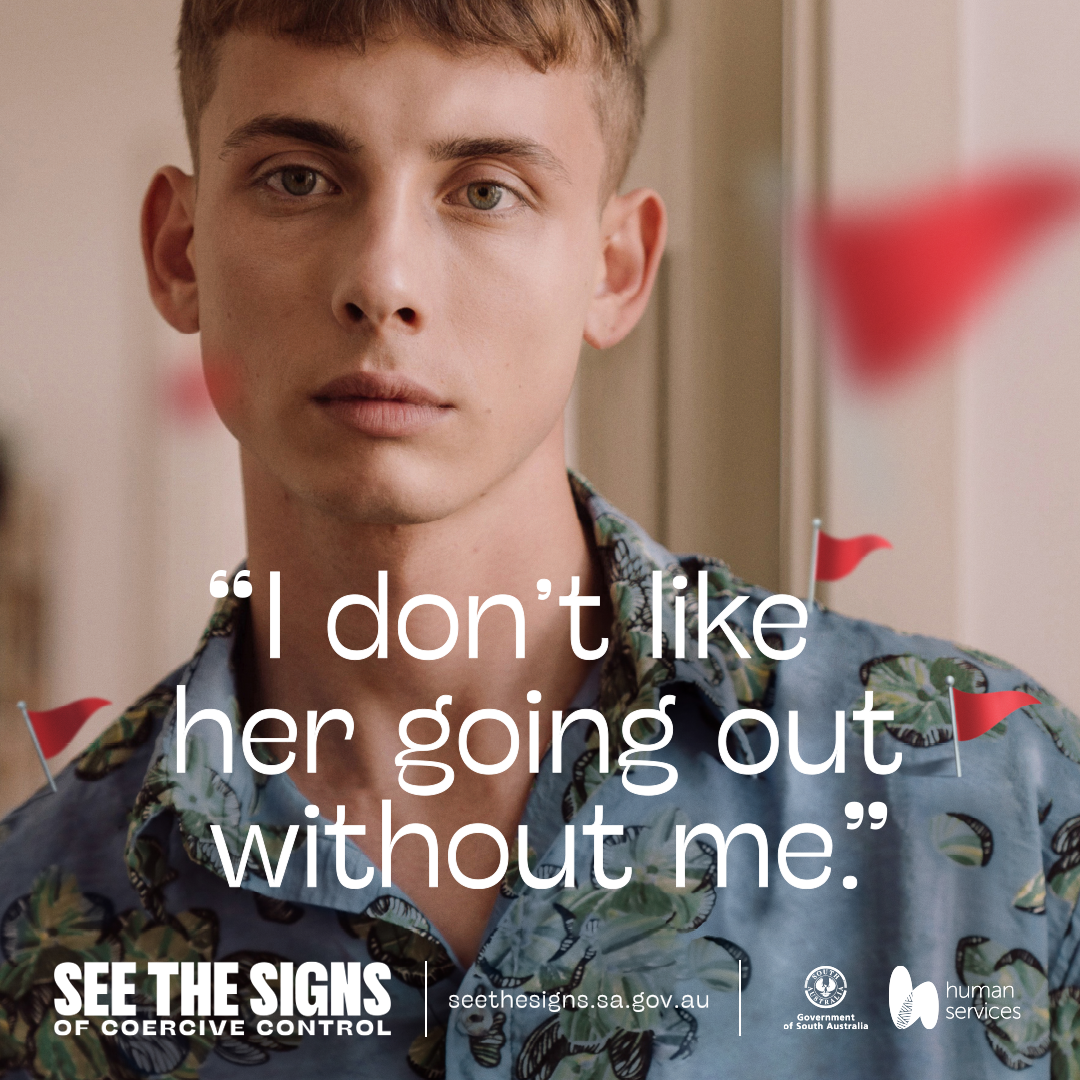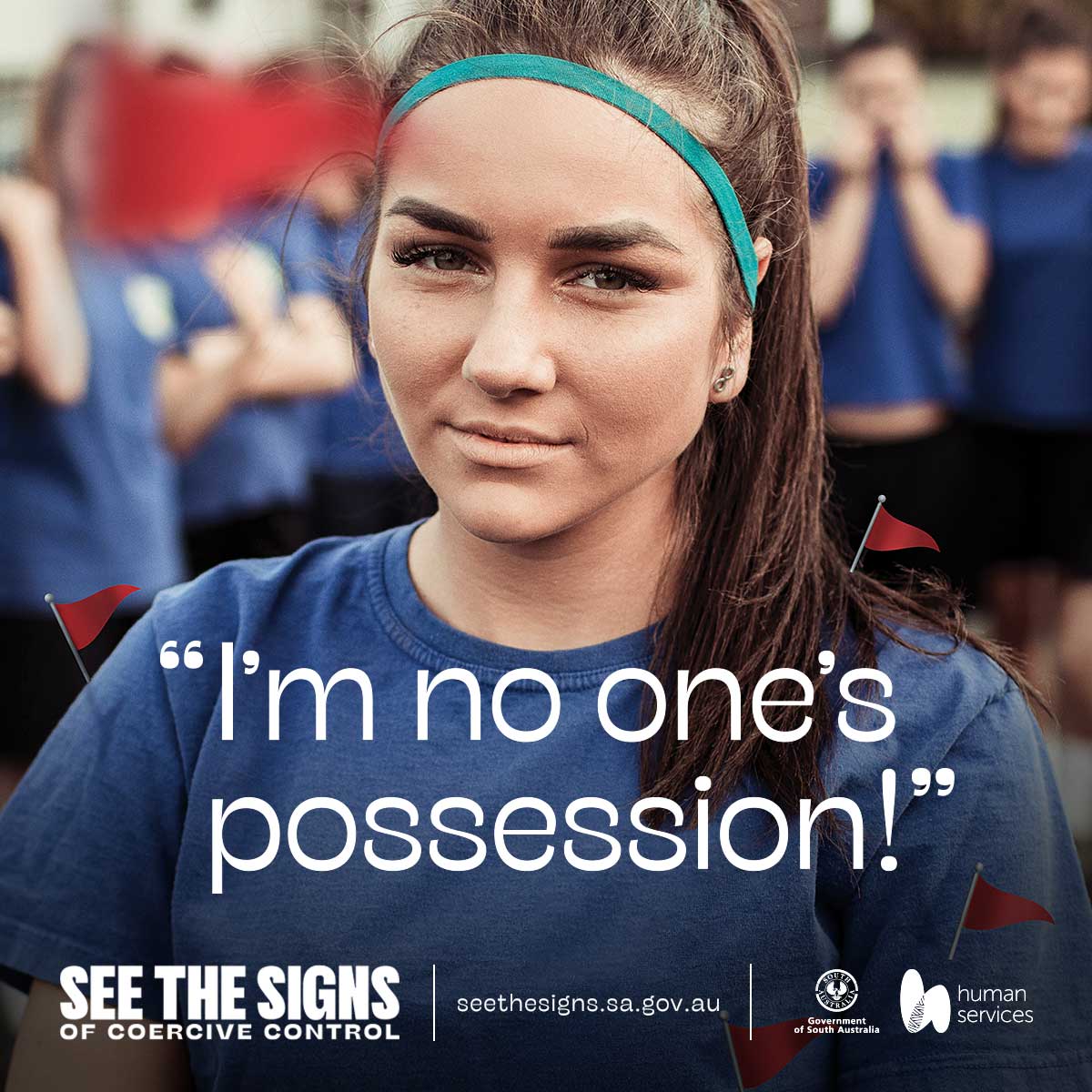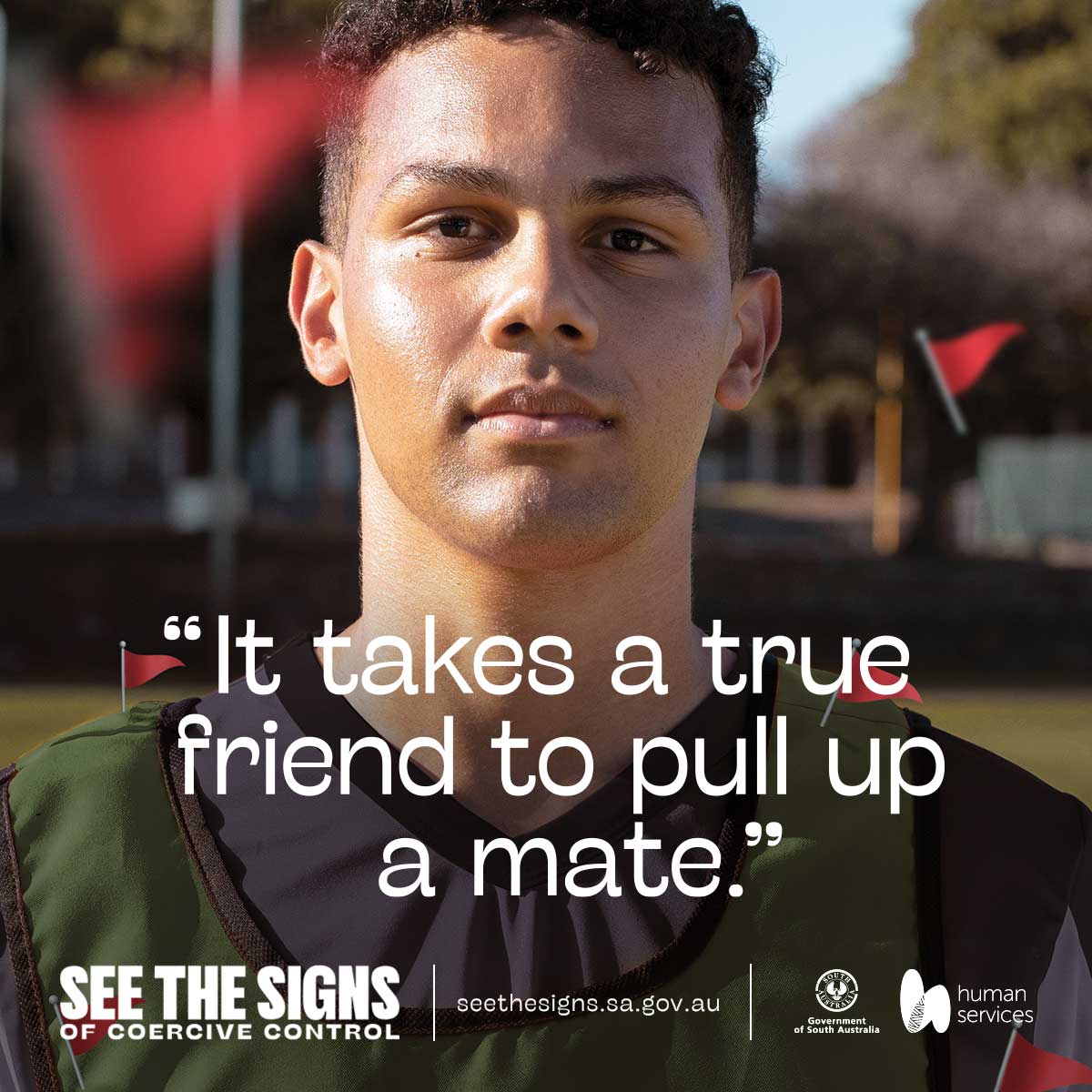What is Coercive Control?
Coercive control is when someone intentionally tries to control you or make you behave in a certain way by doing or saying things that make you feel afraid, ashamed, anxious, unsure or upset. It is a pattern of behaviour that can involve many different forms of abuse. This can include but is not limited to:
- making it hard for you to see your friends and family
- always needing to know where you are and what you are doing
- telling you what you can and can’t wear, or where you can and can’t go
- not letting you have control over your own money, or where you work
- checking your phone, your computer and your social media
- not letting you practice your faith or spirituality in ways that you want to
- any actions or behaviours that make you feel like you’re being watched, or like you can’t act like yourself because you’ll be punished
- any actions or behaviours that make you feel forced into doing something you don’t want to do, including things sexual or private.
If you do not feel safe and comfortable in your relationship, if you feel that you are ‘going crazy’ or feel confused and afraid, then it is abuse — not love.
How does coercive control happen, and who does it happen to?
Usually, coercive control happens in intimate relationships. This includes people who are married, people who are in committed partnerships with each other, or people who are dating. Coercive control can also start happening or keep happening after a separation or break up.
However, coercive control can happen in all kinds of relationships and contexts. This includes:
- LGBTIQA+ relationships
- Polyamorous or non-monogamous relationships
- Immediate family members
- Social, cultural and faith-based communities
- Kinship groups and other extended family relationships
- Carers and support workers of people who are elderly or living with disability.
While coercive control is often perpetrated by men against women in romantic relationships, coercive control can happen to anyone — no matter what your gender is, how you define your sexuality, your background, or who you are as a person.
Why do people use coercive control?
People use coercive control because they want to have power or control over another person.
The person using coercive control against you may say they 'lost control'. They may say they were not acting like themselves due to alcohol or drugs, or because of mental illness, stress or jealousy. This does not matter. It is always wrong for someone to try and control, pressure, or intentionally hurt someone they are or have been in a relationship with.
Are you worried that you may be using coercive control against someone you love? If you have concerns about your behaviour and want to talk to someone, you can contact the Men’s Referral Service on 1300 766 491.




